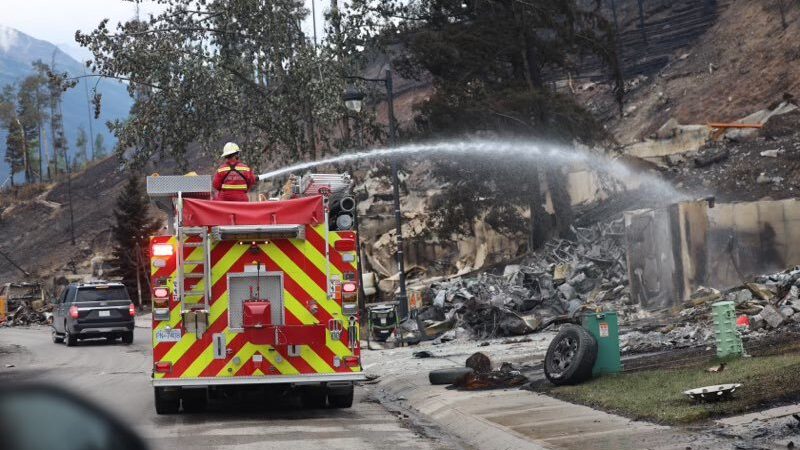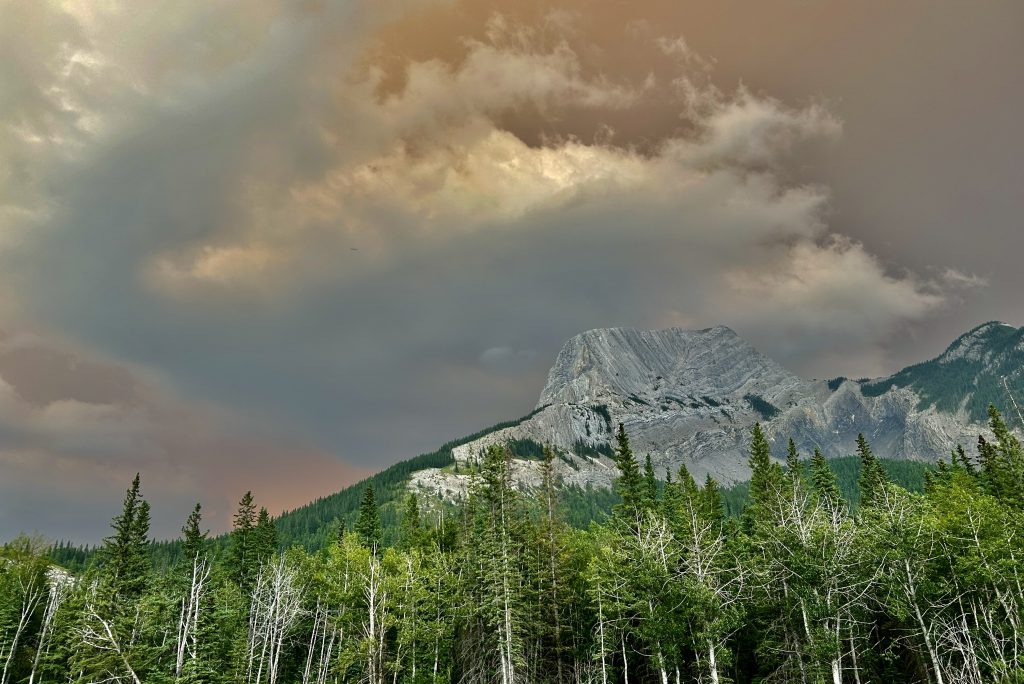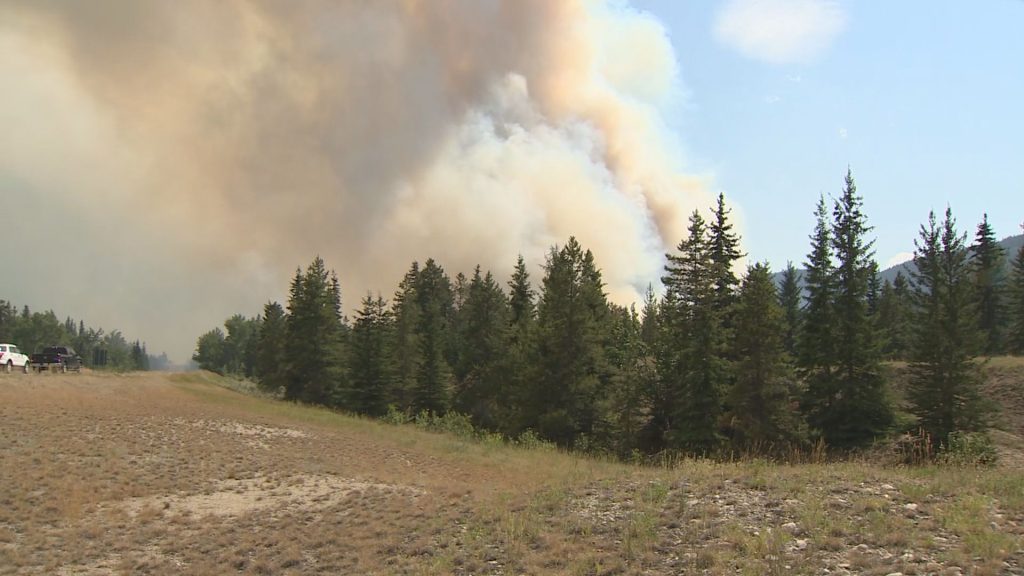Alberta makes historic move on water-sharing amidst drought
Posted April 19, 2024 7:41 am.
Last Updated April 19, 2024 10:38 am.
Alberta is at risk of severe drought this year, following several years of extremely dry conditions, and a warm and dry El Niño winter.
Now, in a historic move by the province, the largest water-sharing agreements ever have been put into place to combat the risk of severe drought.
The province announced Friday that 38 of the largest and oldest water licensees in southern Alberta have voluntarily agreed to reduce their water use if severe drought conditions materialize in the spring and summer.
According to the province, these groups make up 90 percent of the water allocated in the Bow and Oldman basins and 70 per cent in the Red Deer River basin.
These agreements will allow for more Albertans to access water during a drought and reduce the negative impact on communities, the economy, and the environment, the province adds.
Alberta’s drought response efforts hinge on these agreements and are significantly bigger in size and scope than agreements established in 2001, which involved southern irrigators and others sharing water during that year’s dry spell.
“With these agreements, Albertans are once again coming together when times get toughest,” Schulz said. “They will help make the most of our limited water supplies and make every drop count if a severe drought hits this summer. These irrigators, industry and municipalities are demonstrating the leadership, dedication and community spirit that makes this province great.”
The province has established four water-sharing agreements, one to the Red Deer River, the Bow River, the mainstem of the Oldman River and the upper tributaries of the Oldman River.
Each agreement is bound by its own Memorandum of Understanding, but the province says there are general terms that apply to each.
This includes participating municipalities reducing their water consumption between five and 10 per cent, which the province says are reasonable targets that can be met without affecting indoor water use, and participating industries only using the minimum volume of water practical to maintain safe, reliable operations.
Industries will also look for additional water conservation opportunities.
Participating irrigation districts will also use less water and allow other users to get their water first, and then use what’s left for licensed use, according to the province.
“Our irrigation network is essential to southern Alberta, providing much-needed water, good jobs and recreational activities,” said Minister of Agriculture and Irrigation, RJ Sigurdson. “Thanks to Alberta’s farmers, ranchers, producers and irrigations districts for stepping up, providing leadership and collaborating with our government.”
Collaborative agreements are voluntary, but are designed to be proactive, risk-based, and agile enough to be adjusted in real time as conditions change.
The actual water amounts under the agreements will be updated every two weeks based on the water supply forecast, the province explains.
WaterSMART Solutions did advanced and “highly technical” drought modelling for Alberta which the province says gave a variety of hypothetical river flow scenarios and conditions.
This information will also be used to determine exact water use for the following two-week period to make sure that use doesn’t outpace supply.
READ MORE:
- More than 500 firefighters will be ready to fight Alberta wildfire by mid-May: province
- Drought, heat raise risk of repeat of last summer’s record-breaking wildfires
- Alberta government opens water-sharing talks with large users amid worsening drought
The key is for everyone to work together and do their part, the province says, including smaller license holders and all Albertans.
The province is asking these license holders to also implement drought response measures and make similar commitments to water conservation.
While the province will be actively monitoring conditions and producing bi-weekly water supply forecasts, it will also optimize operations at provincially owned infrastructure, including the Waterton, St. Mary, Oldman and Dickson reservoirs.
It will also optimize water storage in the Ghost Reservoir and Kananaskis-area reservoirs for flood and drought mitigation.
Alberta will consider five triggers when considering whether or not to activate an agreement: snowpack and moisture data, final decisions by irrigation districts on water allocations per acre, reservoir levels, river flows, and expected seven-day precipitation forecasts, water demand, and local challenges or issues.
The province will get peak snowpack data in late April.
Once that information is in, government and water users will begin meeting on a regular basis to assess next steps.
Currently, Alberta is in Stage Four of its five-stage water shortage management response plan, and there are 51 water shortage advisories in the province.
Numerous rivers, like the Oldman, Red Deer, and even the Bow, are at a record low levels, and many reservoirs are not meeting capacity expectations.
Ponoka County councillor Paul McLaughlin, who is also the president of Rural Municipalities Alberta calls the negotiations timely, as this could be year one of a 10-year drought.
Alberta Municipalities, farmers, the energy industry, and wildfire officials, are all considering a wide range of tools and approaches as the drought situation worsens.
Calgary is located in an arid region of southern Alberta and is dependent on its river systems for access to water.
However, since it experiences variations in flow rate over the years, Calgary is vulnerable to seasonal dryness and multi-year drought, with five major droughts occurring within the last century.
The city will give an update on drought preparedness Friday at noon, detailing the actions being taken to conserve water, reduce the risks posed by severe drought conditions, and support our neighbours.
-With files from Phil Wood








